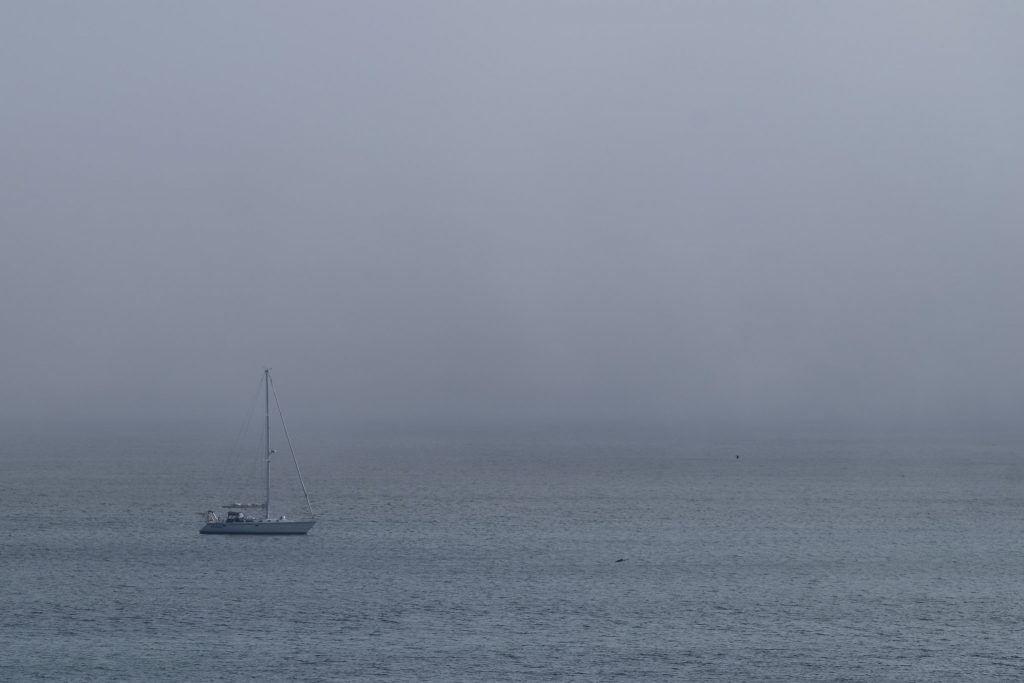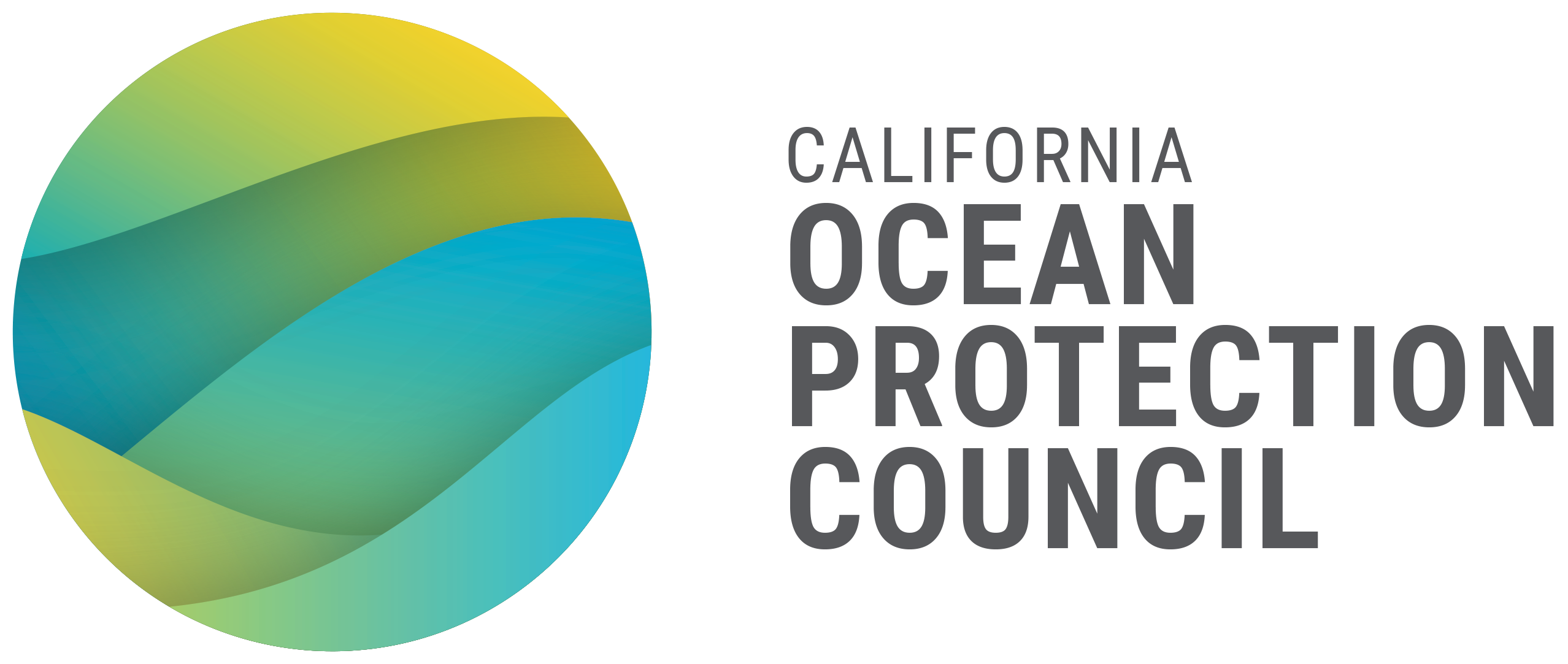Flexible by Design: Adaptive Management as a Path to California’s Coast and Ocean Resilience
Imagine navigating a boat through fog. You don’t just set a course and sail forward—you’re constantly checking your compass, observing closely, and looking for signs that help you decide where to go next, adjusting the wheel as needed. That’s how the California Ocean Protection Council (OPC) approaches coast and ocean stewardship in an era of rapid change: not with a fixed mindset, but with a willingness to observe, learn, and adapt.
This way of working is called adaptive management. It’s a core principle in environmental science and resource management, and a key part of how OPC carries out its mission. In fact, you don’t have to go far into OPC’s 2020-2025 Strategic Plan, website, or reports before you encounter the term. But it’s more than just a buzzword. Adaptive management reflects how we think, how we collaborate, and how we respond to the evolving needs of California’s marine ecosystems and coastal communities.
What Is Adaptive Management?
Adaptive management is a structured, iterative approach to managing natural resources and ecosystems. It recognizes that we often have to make decisions without complete certainty, and that the best way to manage in complex systems is to treat every action as part of a cycle of learning.

“No horizon” – Near Año Nuevo State Park.
By Justin Dolske, CC BY-SA 2.0
Rather than relying on static plans or waiting for perfect information, adaptive management encourages us to:
- Plan thoughtfully
- Act based on the best available science and knowledge
- Monitor outcomes
- Evaluate results
- Adjust based on what we learn
It’s essentially a “learning by doing” approach. One that values curiosity, collaboration, and long-term effectiveness over short-term certainty.
Why It Matters and How OPC Puts It into Practice
California’s coast and ocean are among the most dynamic ecosystems on Earth and also among the most threatened. Sea level rise, marine heatwaves, biodiversity loss, and plastic pollution are colliding with longstanding inequities in coastal access and representation. There are no simple solutions, and that’s exactly where adaptive management comes in.
For OPC, adaptive management isn’t just a planning tool, it’s a mindset woven through everything we do. It shows up in how we develop policy frameworks, fund projects, partner with communities, and respond to emerging science. We listen to diverse voices. We invest in monitoring and long-term data collection. We create space to adjust mid-stream when new insights or conditions arise. And we design programs with feedback loops that keep us accountable to the science and to people.
Core Elements of Adaptive Management in Action
OPC’s approach to adaptive management follows a continuous cycle of:
- Assessment: We begin by gathering data to understand the needs of the system—usually the ecosystems AND the affected communities—whether we’re addressing sea level rise, marine biodiversity, or microplastics.
- Design: Our strategies include clear goals, decision points, and plans for monitoring so we can assess effectiveness over time.
- Implementation: We fund and support real-world action across the state, from restoration to pollution prevention to community engagement.
- Monitoring: We invest in tracking ecological, social, and cultural indicators to understand how things are changing.
- Evaluation: We analyze results with scientists, partners, and communities to learn what’s working and what isn’t.
- Adjustment: We adapt. That may mean revising funding guidelines, shifting outreach strategies, or updating our frameworks to reflect what’s emerging on the ground and in the water.
This cycle helps ensure that California’s coast and ocean protection efforts aren’t just grounded in science but also remain flexible, responsive, and resilient.
A Living Strategy for a Living System
Adaptive management isn’t a box to check. For OPC, it’s a way of doing the work. It means staying humble, asking questions, and being willing to learn from the science, from our partners, and from the communities we serve. It’s not always easy. It takes patience, flexibility, and trust. But it’s also one of the most powerful tools we have for navigating the future together.
For example, as OPC continues to develop the draft 2026–2030 Strategic Plan (open for public comment through August 1, 2025), our next chapter will be informed by the lessons of the past five years, evolving science, and the voices of California’s coastal communities and our partners. Through public listening sessions, tribal consultation, and engagement with partners across sectors, OPC is building a strategic plan that reflects our shared values: resilience, equity, and a deep respect for California’s coast and ocean ecosystem complexity. Adaptive management ensures that this strategy won’t be a static document. It will be a living framework, designed to evolve with the coast and ocean it seeks to protect.
Because in a time of rapid change, the most powerful thing we can do is stay open to new knowledge and to each other.

